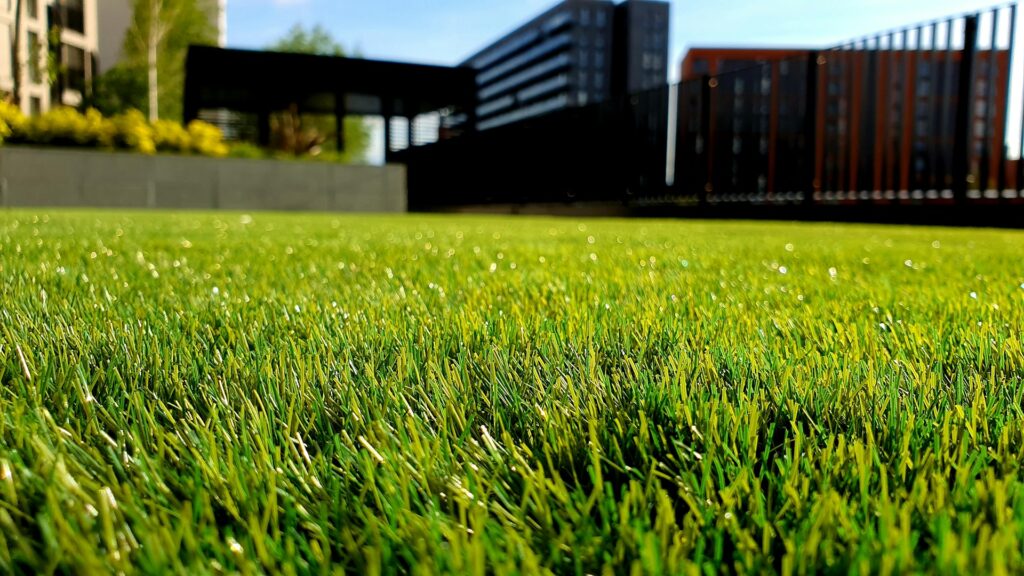
We are reader-supported. When you buy through links on our site, we may earn an affiliate commission.
Being near plants or any part of nature can have psychological benefits. If you’ve been more stressed or feeling down lately, starting a garden can be a healthy distraction to keep your mind off negative emotions. People love gardening and it’s often recommended for those who want to get close to nature. If you’re excited to explore or flex your green thumb right in your backyard, ensure you have these basic garden tools to use anytime.
1. Gloves
While gardening is a fun and stress-relieving hobby, you can’t skip the risk of hand injuries, especially when tending to thorny plants or rocky ground. Buy yourself a perfectly fit pair of durable yet thin gloves to protect your hands while working with the soil or stems.
Choose one made of fabrics that aren’t bulky to the point they limit your hands’ range of motion but still offer a solid buffer between your hands and what you touch. Gloves with longer cuffs are better since they protect your wrists and forearms.
2. Trowel
A hand trowel is one of the garden tools you’ll use most of the time, so it’s worth investing in. Whether you’re transplanting bedding plants, digging soil in a planter or removing the annoying weeds in your backyard, a trowel is an all-around handheld tool you can rely on for different garden activities. When shopping for a trowel, ensure the handle fits comfortably in your hand. If young family members join you in the garden, you’d want to get a smaller trowel for them.
3. Weeding Fork
Another versatile garden tool to include in your kit is a wedding fork. Like a trowel, it does a lot of functions, from weeding, preparing plant holes, mixing fertilizer and transplanting. Its three pointed ends can make working in a tight-spaced garden easy.
4. Pruning Shears
Trimming is important to encourage the plants to focus on their growth. Most people often use regular or kitchen scissors in pruning woody perennials and small plant branches, but a dedicated hand pruner makes a difference in trimming. Its longer handle and shorter blade — the opposite of a conventional scissor that has a longer blade and short handle — maximizes the grip force you exert in nipping. Its cutting capacity makes trimming less laborious and energy-draining. As with the rest of the garden tools, pick a pruner that’s easy to maintain, comfortable to hold and grip-friendly.
5. Garden Fork
It’s similar to weeding a fork, except you can’t use it with one hand alone. It’s the largest digging tool and one of the most used garden tools for a larger garden area. It’s used to penetrate and loosen compacted soil and aerate and plant trees with deep roots. A good garden fork is made of a strong shaft that doesn’t bend with use and a grip-friendly handle. Save money in the long run by choosing a quality garden fork.
6. Shovel
Another digging tool with a sheer variety of uses is a shovel. It has multi-functions like a garden fork, but instead of flat tines — it has a blade and a slightly pointed tip for digging soil, moving materials, removing weeds and transplanting. Shovels come in different shapes, with taper, round, square, and several blade options. You should consider the form of the blade and its purpose when buying. For instance, a round point shovel is an excellent tool for digging, while a square-shaped blade is great for moving and lifting.
7. Spade
A spade is a valuable gardening tool when cutting roots or digging holes. It looks identical to a shovel and can be an alternative, but a spade has a flat, slightly sharp tip for scraping grass and cutting roots. You can use it to create an even garden bed by kicking the spade to push the soil. It can also strip the weed on a larger area if you slide it a few inches under the ground and apply force vertically to remove the weeds.
8. Lopper
If you need to cut off stems between 1/2 to 1 inch, a lopper is the right tool for efficient nipping. It’s a staple in any gardener’s toolbox, as cutting branches is often a regular activity. An upgraded version of pruning shears, it offers more reach with its longer handles that connect to the hand grip and cutting power with its sharper double blades. Many gardeners use it to trim and shape shrubs and trees in the yard to add aesthetic to the garden. If your gardening activities involve a lot of cutting, get a quality lopper with good length, rubber-padded grips for a comfortable hold, and a rust-resistant blade.
9. Pruning Saw
For pruning branches or stems with a wider diameter, use a pruning saw. It gets the job done and can cleanly trim branches of large trees and shrubs with 1 1/2 to 2 1/2 inches in diameter, which is thicker and more challenging for a lopper to cut. This gardener tool has sharp zigzag teeth like a saw for cutting lumber and is conventionally used to trim live trees and shrubs. Pruning saws come in various shapes and sizes, so pick one that best tackles the type of cutting job.
10. Watering Can
If you have a small garden with countable pots, a watering can with enough water capacity can save you time and energy from taking multiple trips to and from the sink. Choose one made of durable materials and a comfortable carrying handle when buying.
11. Garden Hose
A garden hose is necessary for a wider garden, especially if the water source is some distance from the cultivated plants. You can connect it to a spigot and conveniently irrigate your treasured flowers and shrubs. When purchasing a garden hose, pick something made of a durable pipe as some annoyingly bend or kink, making gardening a hassle.
Quality Garden Tools Can Improve Your Gardening Experience
These 11 tools are fundamental in any plant enthusiast’s garden box. Besides these staples, some also invest in other materials like insect traps and sprayers, essential to keep plants healthy and away from insects.
If you’ve recently discovered your love for nature and want to start a garden, buy tools made of quality materials that will last for years










